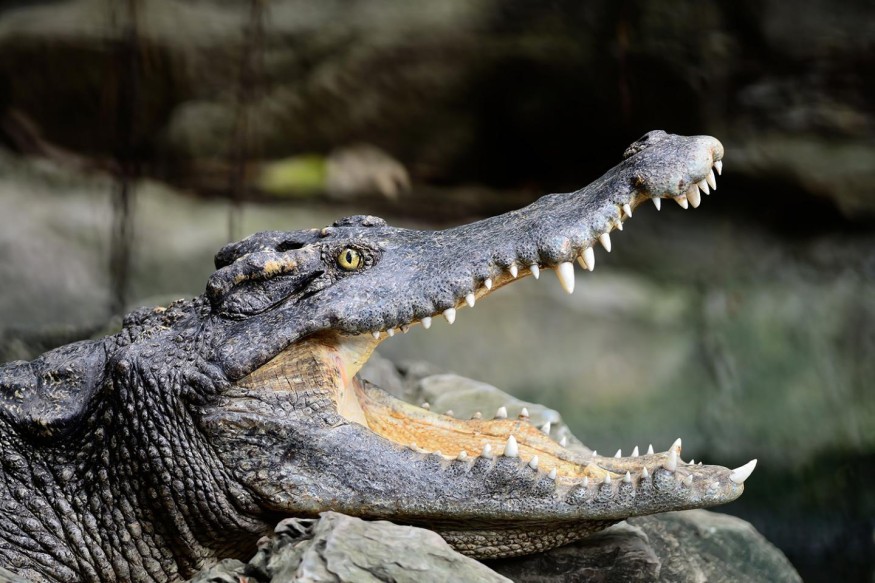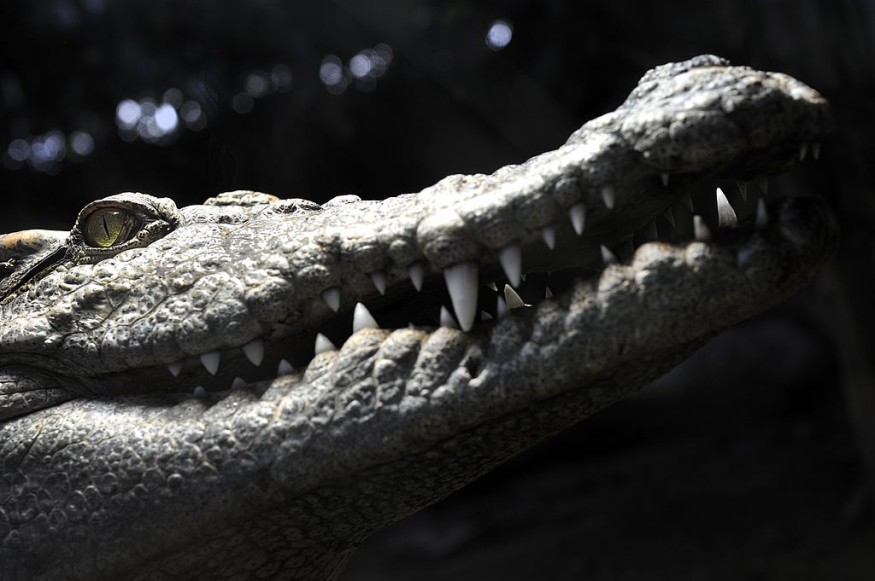The Siamese crocodile was nearly hunted to extinction. However, these reptiles are making a comeback. Cambodia's most notable conservation accomplishment may be the efforts to reintroduce the species.

Not Dangerous
According to reports, only a very small number of Siamese crocodile attacks on people have ever been documented, and there have been none in Cambodia. Crocodiles, on the other hand, have every cause to be afraid of humans. The extremely cautious Siamese crocodile, which can grow up to 10 feet long and be once widespread across Southeast Asia, was hunted for years for both its skin and flesh to the point that, in the early 1990s, it was believed that the species had gone extinct in the wild. According to the International Union for Conservation of Nature, the species is considered critically endangered.
Also Read : Can Science Bring Back Extinct Species
Potential Comeback

Though isolated groups of the reptiles, probably numbering little more than 200 individuals in total, were rediscovered in the Cardamom Mountains around the turn of the millennium, some did survive there. Since then, locals have patrolled often to keep them safe from poachers and other dangers. Sao Chan, a top ranger in his region, declares that "we feel the crocodiles are sacrosanct."
However, things may finally be looking up for one of the most endangered reptile species on Earth. More Siamese crocodiles than ever before have been released into the wild in 2022, not only in the Cardamom Mountains but also, for the first time, in a nature reserve in the northern portion of the nation, where the crocodiles were previously located. Genetic testing improvements have made it easier to identify crocodiles ready for release, and satellite tracking of reintroduced crocodiles has enhanced conservation efforts.
According to Pablo Sinovas, who oversees the Cambodia program for Fauna and Flora International, one of the organizations reintroducing the animals, "We have a long way to go, but the possible recovery of the Siamese crocodile might be Cambodia's greatest successful conservation story."
Seven of the world's twenty crocodilian species, including the Siamese crocodile, are classified as severely endangered. Its demise started with competition from rice growers for a wetland habitat, but what brought the species to the point of extinction was commercial hunting to satisfy the global demand for skin-based items and meat.
At first, crocodile farms received a lot of Siamese crocodiles captured from the wild. Around 900 farms in Cambodia were home to more than 250,000 crocodiles at their height in 2010. The nation's farming industry, however, has nearly collapsed due to declining demand for crocodile skin items in recent years due to changing fashion trends and rising agricultural expenses.
Not so Easy
The concept of releasing unwanted crocodiles from farms into the wild might sound like a good one. However, due to interbreeding with saltwater crocodiles and Cuban crocodiles, a species imported to Cambodia decades ago, farmed Siamese crocodiles have mostly lost their genetic distinctiveness. This hybridization has rendered typically quiet Siamese crocodiles increasingly aggressive and unsuited for life in the wild.
Over the past decade, most of the Siamese crocodiles that Fauna and Flora International has released in the Cardamoms have instead originated from a modest breeding program the organization conducts near Phnom Penh, the Cambodian capital. However, Siamese crocodile breeding is challenging, and only around 130 crocodiles, some of whom came from farms, have been released in the Cardamoms yet.
For the most recent updates from the animal kingdom, don't forget to follow Nature World News!
© 2025 NatureWorldNews.com All rights reserved. Do not reproduce without permission.





